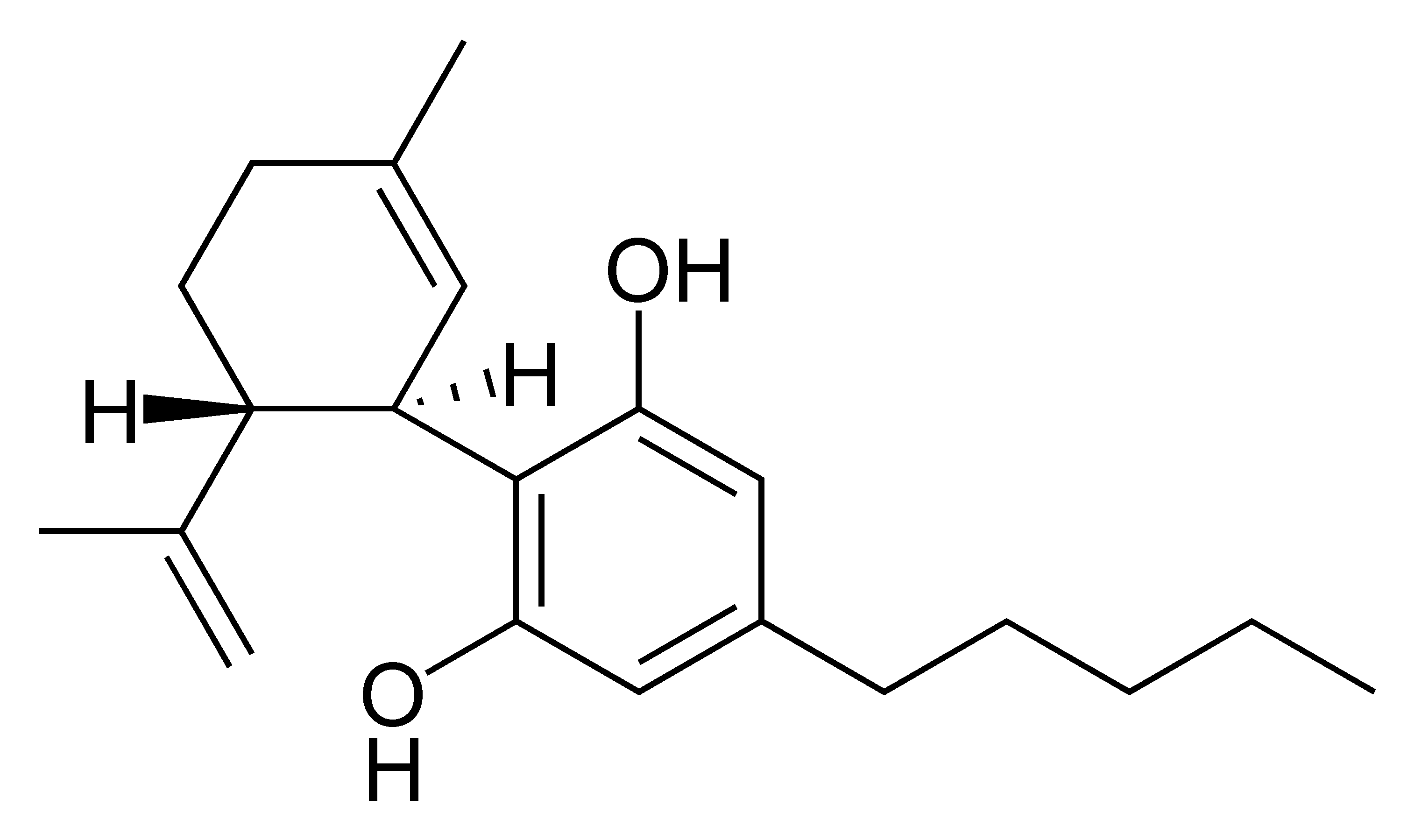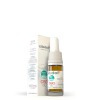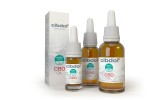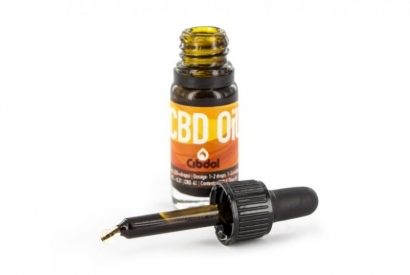CBD oil
The regulation of cannabis in certain countries has encouraged the investigation of the most medicinal aspects of the plant. This openness, along with many other factors, has given us the possibility of knowing the truth of all the properties of marihuana, including those of CBD (one of the more present cannabinoid in Cannabis sativa L. together with THC).
Even though there is still a long way to go, studies point to a long list of beneficial effects of CBD:
- It is antibacterial.
- It is vasodilator.
- It is analgesic.
- It is neuroprotective.
- It is tranquilising.
- It is anti-inflammatory.
- Reduces the risk of arterial blockage.
- Reduces blood sugar level.
- Reduces convulsions.
- Helps control vomit and nausea.
- Relieves anxiety.
- It is being studied the effects that it has on cancerous cells, because it is believed to inhibit their growth (without harming healthy cells), and it is considered to be specially efficient to treat colon and breast cancer.
With all these properties, CBD seems to have endless medical applications. Patients who suffer from cancer, multiple sclerosis, arthritis, epilepsy, endometriosis, diabetes, irritable bowel syndrome, anxiety, depression or insomnia, among other, are the ones who can benefit the most with CBD. Besides, CBD does not have a psychoactive effect, as it happens with THC, so its consumption escapes the ludic and recreational effects, avoiding getting high.
, por Ben Mills.png)
ASPECTS TO HAVE IN MIND
The consumption of CBD oil is one of the most common alternatives. It is obtained from industrial hemp and commercialised in small discreet containers that should have a dropper.
Knowing the amount of CBD that one should take could be a difficult task. First, we must understand that these oils have an insignificant amount, practically inexistent, of THC. We know that CBD is used to treat anxiety but, as for THC, it could have adverse emotional effects. That’s why, for treating anxiety, it is more appropriate the use of CBD with minimal concentration of THC (which is the only legally commercialized).

And, how to know which dose is most adequate for our particular case? Here lies the first problem. Unfortunately, there aren’t many studies which, shed enough light on the effects of CBD in humans: the studies carried out until now are recognised as preclinical or study its effects on animals. Even though animals share the endocannabinoid system with humans, they may not have the same response.
On the other hand, we should consider their synergy, which explains that, in general, the treatment is more effective with “medicine with the whole plant”, meaning, without synthetically isolating its cannabinoids and terpenes. As so, these components interacting together show better results than when isolated.
Unfortunately, studies are still young and, surely, we will see in the succeeding years where they can take us, plus we can comprehend with more depth the functioning of the plant and of the endocannabinoid system.
In addition, cannabinoids have a biphasic effect, which means that the human body doesn’t experience the same effect if it takes a small quantity, rather than a large quantity. That should be understood to obtain the desired effect. So, it is advisable to start with the smallest dose, as one drop sublingual or mixed with food or drinks (salads, yogurt, juices, etc.), continuing, before increasing the dose, the same intake for a few days to test the results.
For that matter, we keep blind in aspects as the proportions or the dosages, there is still no scientific agreement on that. Therefore, that’s why risk control is fundamental: we should be informed of all the developments, know the phases of the investigations and use common sense.
Article of Nina Slick
Translated by Ana Mendes





